
Courtesy of Angelo Madsen
Angelo Madsen’s (North By Current) newest film, A Body to Live in, is an ode to body piercer, performance artist, and photographer Fakir Musafar (1930–2018). Madsen composes this biodoc without talking heads, instead using the following elements: audio recordings of Musafar’s collaborators, co-conspirators, and loved ones; archival interviews with Musafar spanning 40 years; 16mm imagery of present-day San Francisco; remixed strings, synthesizers, and Musafar’s bells and singing bowl recordings; and interpolated animations over Musafar and his contemporaries’ archival images. Musafar, formerly known as Roland Loomis and raised in a Lutheran household, pioneered body modification as an underground expression of spiritual interconnectedness in the late ’70s that transformed into a commercialized marketplace in the early ‘90s at the height of the AIDS epidemic. He chose his name after the 12th-century pierced Sufi mystic of the same name and grew up near a Lakota reservation in South Dakota.
Madsen, who befriended Musafar in the last 14 years of his subject’s life, utters offscreen near the end of the film that he wishes he had begun this project when the founder of the “Modern Primitive” movement was still alive, to speak with Musafar directly about his westernization of Indigenous spirituality from a contemporary perspective. Both a critique and love letter to the divisive “Gender Flex” symbol, A Body to Live In is a sonic immersion of what it means to find community and be human.
Ahead of its world premiere at True/False, Documentary chatted with Madsen over Zoom to discuss his friendship with Musafar, respect for Musafar’s legacy through a critical lens, and the difficulties of financing and marketing “niche” trans stories. This interview has been edited for length and clarity.
DOCUMENTARY: It’s been 21 years since you met Fakir. How has he inspired you?
ANGELO MADSEN: That’s such a hard question because he’s a controversial figure. In some ways, he is a stand-in for a human need to see beyond ourselves. His resistance to labels and identifiers is interesting to me and is one of the things that has sustained my interest over time. For example, he never self-identified as trans, yet gender exploration is central to his work and being. I like that as an ethos. I know language is important. It allows us to self-define, but it’s also words that are “the source of all misunderstandings.” At this point, I was 22 or something, and I didn’t have many experiences in the world where I was seeing elders who were living completely alternative lifestyles to what was presented as an available way of living. For me, this universe provided an access point to see a different way that people could live their lives that wasn’t just going to college, getting married, having babies, and having jobs.
D: The heteronormative way of living.
AM: Exactly. It was an introduction to erotic freedom and this sort of relational freedom that informs my whole outlook on life.
D: Fakir was controversial. How are you handling his biopic with care and respect for his contributions to body modification?
AM: You try not to hold historical content to contemporary political standards because, if you do that, you’ll be disappointed fast. And hold maximum grace for the breadth of experiences, draw attention to where there have been historical tensions, and allow those tensions to reverberate without too much of my own external critique being applied to them.
Because we can all see what’s happening with our own eyes, you don’t need the filmmaker to overtly provide critique. I think part of the job of the film is to set up a series of questions that get answered to some degree and not answered to other degrees. If people are coming away with a whole slate of answers and feeling very resolved, they’re probably missing something. You shouldn’t come away from a film feeling perfectly resolved by what you saw. That seems disappointing to me. The point is to honor the history, present some of the concerns, and do it in a kind way.
D: Most people assume BDSM is about receiving pleasure from suffering, but there are communicative and communal aspects of this form of role-playing, like trust, consent, and interconnectedness, that are part of BDSM that got lost when BDSM became industrialized.
AM: Anything that gets reduced to something marketable loses a lot. I think tons of people practice consensual or non-consensual power dynamics in their relationships all the time. Whether or not they want to label it is up to them. The framework of BDSM has always been about negotiation and play. One of the beautiful things about the Faerie community of that era is that the idea of play was central. And the idea of finding joy through the darkness of the mass death of the AIDS crisis. That idea of play makes more sense to me than the idea of BDSM sometimes because people imagine all kinds of things when they think of BDSM, but that is not always the point.
The point is to have this playful expansiveness with what your body is capable of and what different kinds of sensations you can receive and give in the world. Within that, there’s room for different desires, needs, fetishes, and dreams. But I think of BDSM more at the end of the day as being about room to entertain different physical erotic experiences. A lot of my own belief structure around that clearly comes from this universe, this community, and this person.
D: Thanks for letting me view your rough cut at last year’s First Look Film Festival [where it played in the Working on It section for WIPs]. The societal analysis of Fakir’s practice mostly appears in that version’s second half. In the final cut, you composed a cosmic score and spersed vocalizations of that backlash in the opening and lightly throughout. How did you develop the music and disseminate these vocal criticisms in the final cut?
AM: It was a good session because it laid out for me what parts of the film people will struggle with. Sometimes, I think viewers want to be told something is bad right away so they know that they’re in the right to be judging. And that’s a scary thing to me. When I’m experiencing work, I don’t want to be told what to think right away. I think if someone wants to feel absolved by the filmmaker giving a foregrounded social critique so they can then go into the story, that’s a problem. Yet, you also want to help people move through the ideas. It’s such a hard balance.
The score helped me settle into the film’s emotional landscape. I love doing my own scores, and working with other musicians willing to give me a lot of leniency with their work. I used a lot of violinist Jessica Pavone’s work in the score, and she gave me a lot of freedom with her work to remix how it worked best for the film. Then, I used some of Pauline Oliveros’s work, an amazing contemporary composer who passed away somewhat recently. I had a lot of freedom with the music to dissect the audio and rearrange it how I want. I almost think of it like sampling. I’m using these as primary sources, and then I’m modulating and reshaping them to sculpt the film’s tone.
I felt committed to mixing this synthetic material soundscape with more organic instrumentation. I was like, “I want string, winds, and reeds. I want these sounds rooted in breath to be in conversation with these more digitally manipulated sounds.” The voice. The saxophone. The violin. These things all draw attention to the organic and the body, to the person manipulating these instruments. A lot of synth music and drone music comes out of organic instrumentation being modified. The way that I made the soundscape has to do with reprocessing a lot of recordings of bells and bowls and manipulating those sounds. From that sampling methodology, a lot of those recordings of bells and bowls are Fakir’s own recordings. He was also a percussionist and had all these long recordings in his archive of himself playing all of these instruments. Sometimes, he would do demonstrations on his different bells and bowls. I used a lot of those audio recordings to shape the score, and it is always fun to use what’s in the actual archive in as many ways as possible.
D: You vocalized some roadblocks regarding the funding and marketing of a film filled with BDSM imagery. Instagram blocked you after posting a still of “gender ambiguous” people in your 2022 fundraising post.
AM: We live in a hyper-puritanical country, so I’m not surprised. I will say the organizations that have often supported me—like LEF and Catapult—did support this project, Catapult as first money in. I think support for this project is more about the fact that it’s a much more complicated subject matter because it’s rooted in a niche history. It’s specifically about a philosophy and an approach to artistry. Those things are already making it different from a film like North by Current, in which everyone wants to come out and wave their “transsexual flag” when you have a child dying and a nuclear, Christian family in grief.
It’s a bit harder to come out and wave that “transsexual flag” when you have a “wingnut” subcultural figure laying on a bed of nails, then hanging from flesh hooks, and who wasn’t always on “the right side of history.” And making a film that’s full of genitals. There’s no sex in my film, but every moment of the film is filled with the weight of erotic tension, as it exists in the universe of the film. I think it’s also scary to people to see lots of genitals that are not necessarily in the sex act. We live in a culture that’s filled with shame and hate around bodies, regardless of what kind of bodies they are. You add all these compounding factors, and of course, Instagram’s going to block you.
It was a weird pitch [to stakeholders] because I wasn’t interested in sensationalizing it, especially with all of the cult or biopic interests. I could have made it more like that if I wanted to get money. But it's not interesting to me to either go down a cult or celebrity road. I wanted the movie to feel tonally reflective of the movement. Otherwise, it’s not in service to anything.
Edward Frumkin is a Brooklyn-based culture writer. His bylines include IndieWire, The Daily Beast, Reverse Shot, The Brooklyn Rail, and Interview magazine, amongst others.




